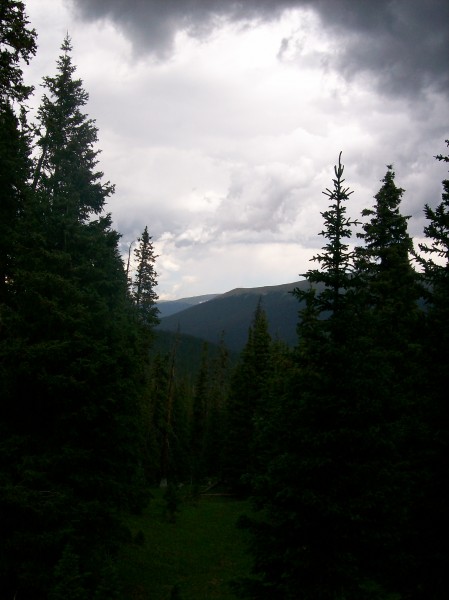
Photo by Colin B. Anthony
Every time I leave the pavement, headed for a hike in the woods, the mountains, or anywhere in between, I take a well stocked hunting pack with me.
My pack goes with me when I hike, camp, hunt, fish, even just on a casual hike to do a little bird watching. I’ve been a boy scout and a United States Marine. I suppose I have learned to be prepared for almost anything. My pack is full of items I hope I will never need.
What’s in Your Hiking Pack? As an outdoor enthusiast, you have complete control over what you carry or what stays in the car — such as a cell phone, do you carry one? I wouldn’t dare go in the backcountry without all of the items listed below as “Highly Recommend.” What’s in My Hiking Pack? Here is my list split into two categories with the weight of each item in ounces:
- Highly Recommend: Cell Phone (5 ounces), First-Aid Kit (9), Flashlight (4), Food — Beef Jerky (4), Insect Repellent (3), Map & Compass (4), Multi-Tool (9), Pack (24), Signal Mirror (1), Spare Vehicle Key (1), Sunglasses & Sunscreen (2), Water, Waterproof matches (1), Waterproof windbreaker (24), Whistle (1). Total weight: 5 pounds 12 ounces, not including water.
- Nice to Have: Bandana (1), Binoculars (12), Cash & ID (1), Disposable Camera (4), Emergency Blanket (1), Extra Batteries (4), GPS Unit (10), Hand warmers (1), Hunting knife (8), Lighter (1), Lip Balm (1), Mini-Umbrella (10), Paper & Pen (1), Rangefinder (8), Road Flare (4), 12 feet of rope (2), Saw (7), Toilet Paper (1), Two-Way Radio (7), Work Gloves (2). Total weight: 5 pounds 2 ounces.
The total weight of my hiking pack not counting water, is 10 pounds 14 ounces. My pack has a shoulder harness system that takes the weight off of my lower back and distributes it evenly across my shoulders and upper back. I hardly notice my pack when I’m wearing it. One last point, if you carry something — make sure you know how to use it.
Plan ahead before you venture into our backcountry, even if you plan to be gone only an hour or two. It makes good sense. With just this small amount of planning you’ll get the most out of your backcountry experiences. Use this information and you’ll get it right the first time.

 Your Privacy Choices
Your Privacy Choices
 The
The